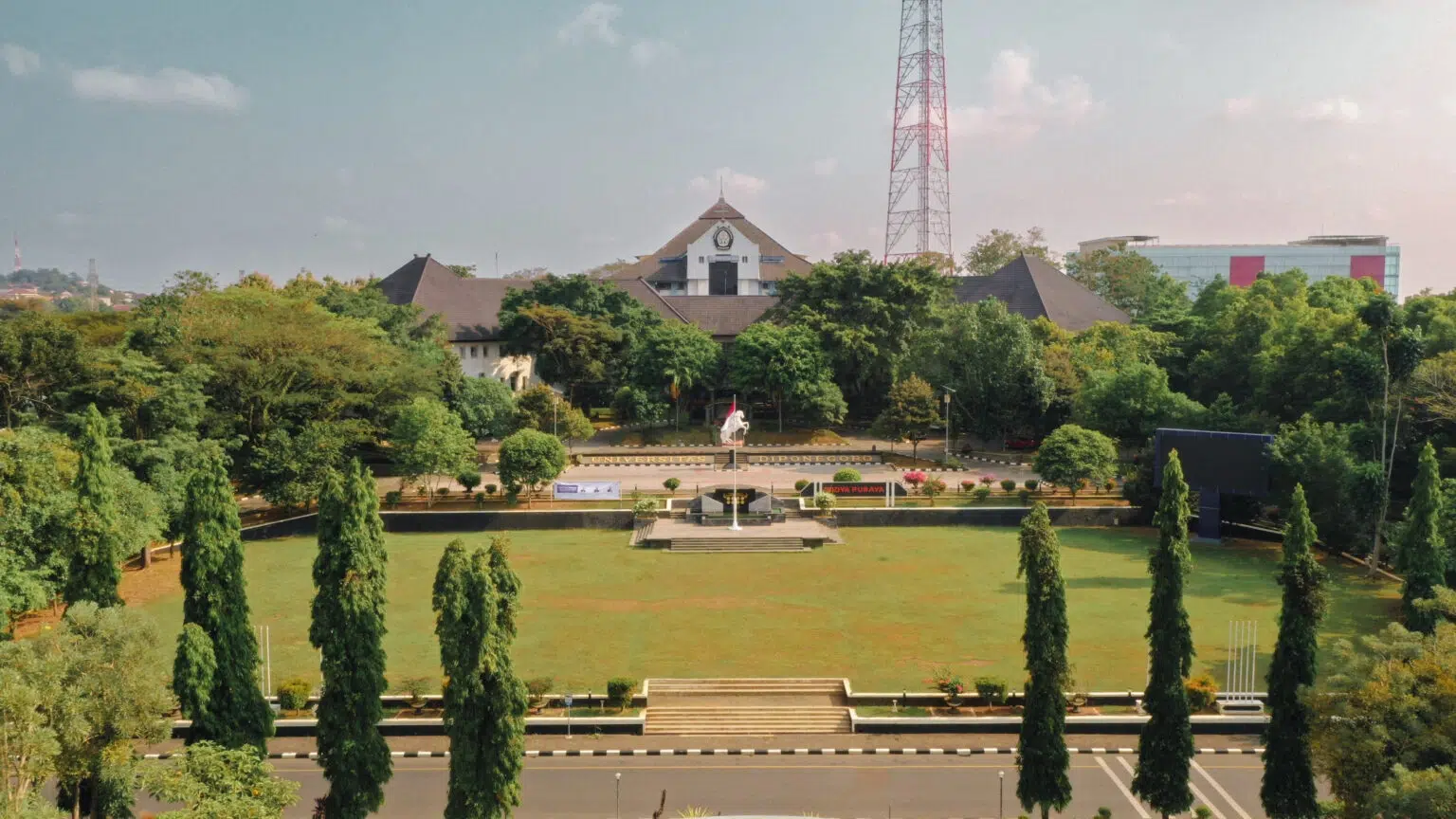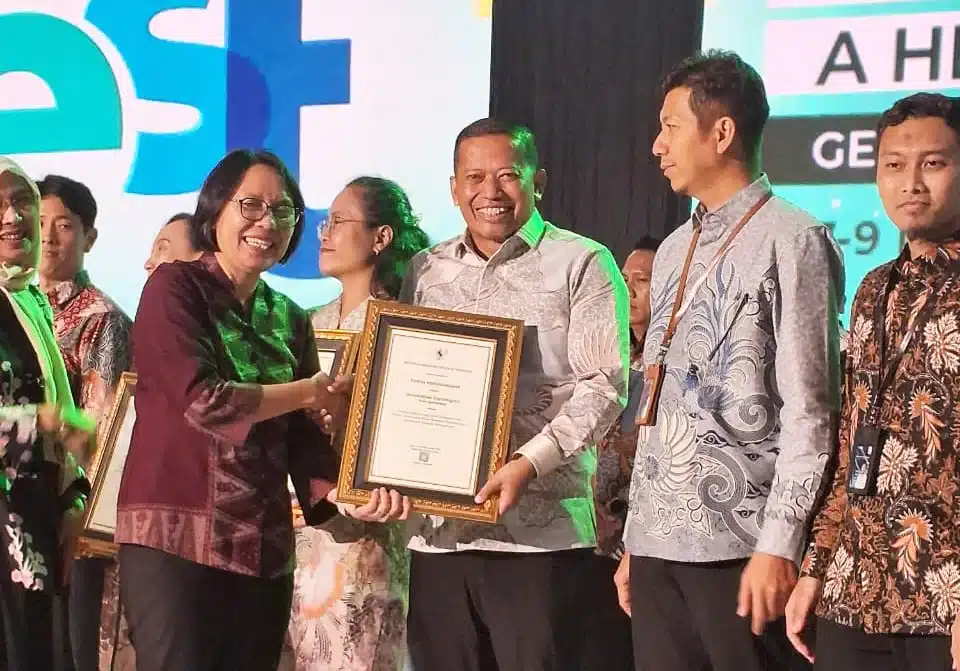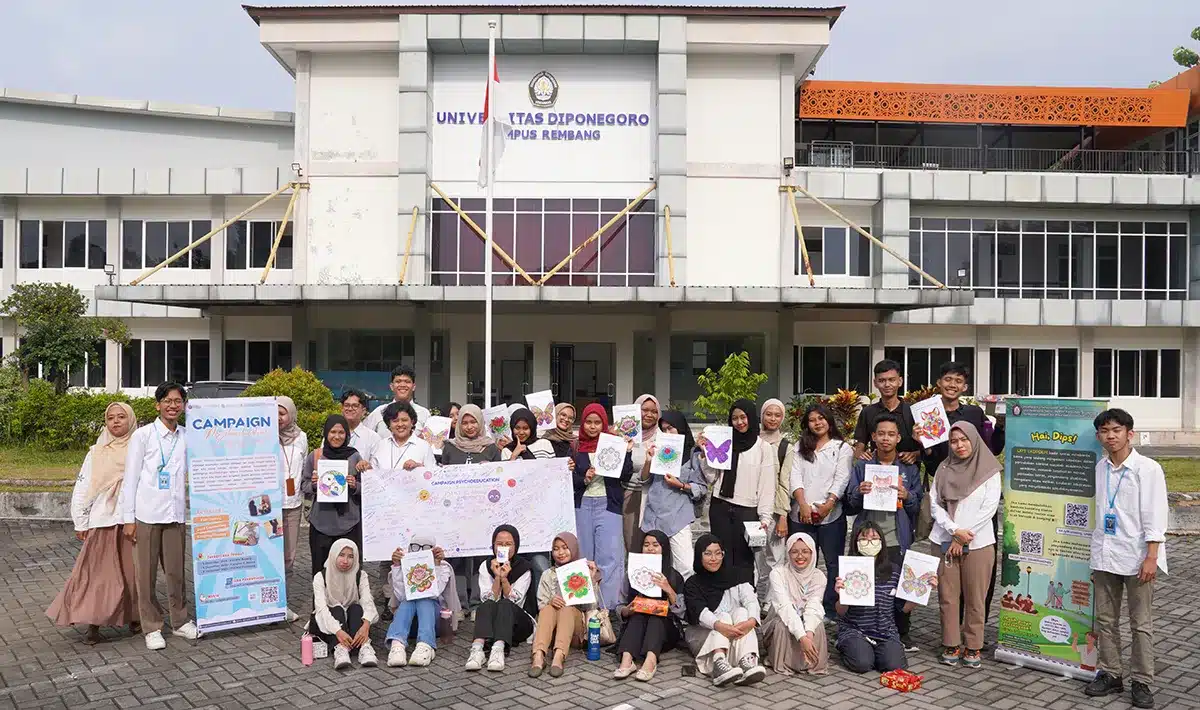Commission A of the Board of Professors of Academic Senate (DP-SA) in collaboration with the Masters in Environmental Sciences and the Doctor of Environmental Sciences, Postgraduate School, Diponegoro University held a Webinar with the theme “Behind the Flood in Central Java North Coast Area”, on Wednesday (8/6).
On this occasion, the keynote speaker was the Mayor of Semarang City, Dr. Hendrar Prihadi, S.E., M.M. who conveyed the progress of flood management in Semarang City until 2021, the percentage of flood, rob, and local inundation areas in Semarang City has drastically reduced. His efforts include the normalization of the Tenggang river, Sringin river, Babon river, Banger river, Semarang river, Asin river, Garang river, Banjir Kanal Barat and Banjir Kanal Timur, the construction of the Jatibarang Reservoir, as well as the construction of polders and reservoirs at a number of points, supported by 49 water control pump house systems. .
“Let’s pay attention to environmental issues together, make Semarang to be green again so that flooding and tidal waves can be controlled properly,” he said.
Prof. Suripin (Lecturer of Civil Engineering Department Undip) in his material said that currently the Semarang coast is experiencing a decline triggered by various factors, by natural causes and human activities, both global and local. The decline of the coast due to a combination of erosion, land subsidence-soil consolidation, and rising sea level. Tidal flooding in the Tanjung Emas Port area of Semarang on May 23, 2022, occurred due to a combination of tides, wave run-up, wind set-up, sea level rise, and land subsidence as well as a runoff embankment and several broken sections.
“It is necessary to regulate, control, limit development in the coastal area of Semarang City. Engineering approaches include land filling or backfilling and poldering. Sustainable coastal buildings must fulfill 3 pillars, namely environmentally friendly, valuable, and fair or beneficial to the surrounding community. Meanwhile, environmentally friendly coastal buildings are those that do not cause negative impacts on the environment, can bring synergy, unite with other elements, increase added value, secure the coastal environment, as well as being beautiful buildings to look at,” he explained.
While Prof. Dr. Ir. Sutrisno Anggoro, MS (Lecturer of Aquatic Resources Department Undip) said that several factors causing tidal and tidal wave disasters include natural decomposition and consolidation, alluvial plains and coastal erosion (including channel dredging); young alluvial soil and uncontrolled groundwater extraction; and overstepping shorelines so that the coastal shield becomes partially weak (those that break through the barrier wall/fence).
“In the basic concept of Integrated Coastal Area Management, it is impossible to eliminate natural hazard potential, except to only reduce the risk by conducting a risk assessment of all existing tidal flood hazards and building possible structural and non-structural mitigation tools. The efforts must be done to reduce the vulnerability of the area to all potential hazards that may occur (tidal flood, tidal wave, flood, erosion, sedimentation, land subsidence). We need to strengthen the resilience of the area against all potential hazards which can be detected by placing emergency routes in vital public facilities, especially for evacuation routes in the safest locations (multi-function beach belts, etc.) supported by collaboration of all lines within the Coastal Cell Unit of Semarang Bay,” concluded Prof. Sutrisno. (Lin – Public Relations)










